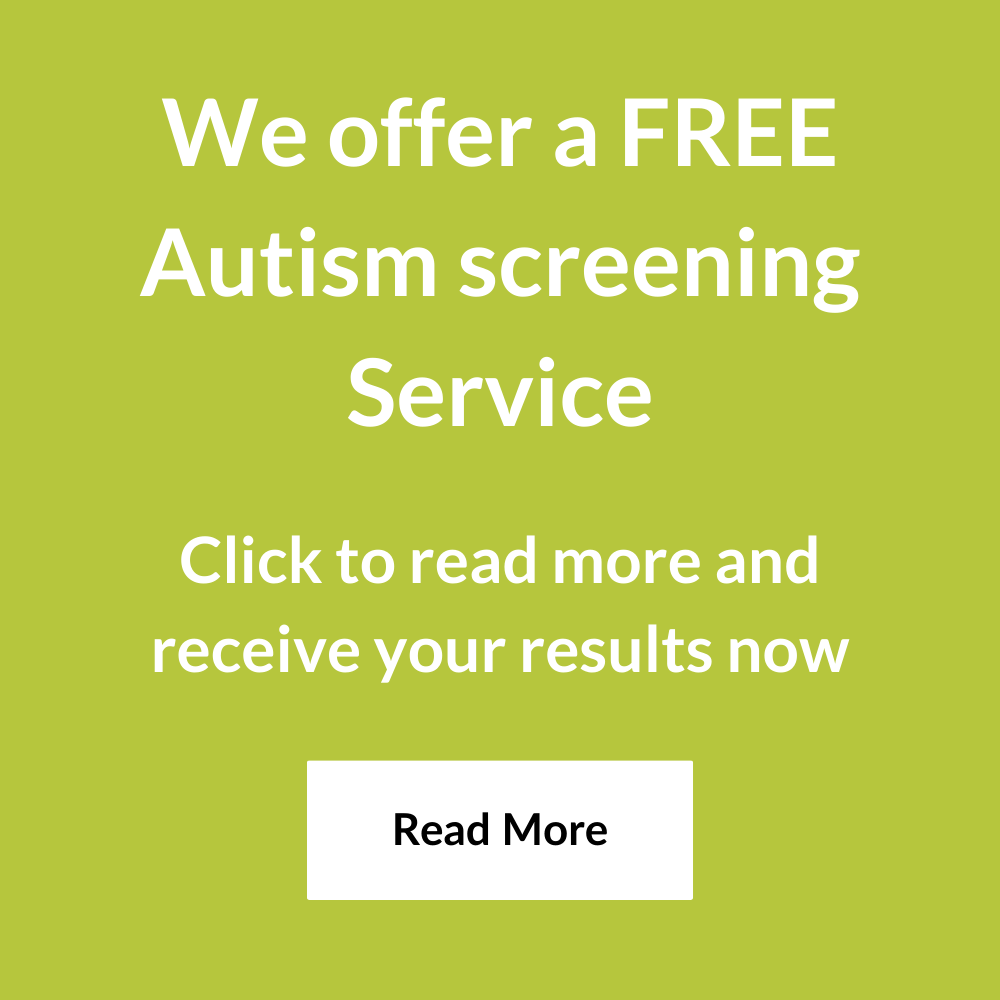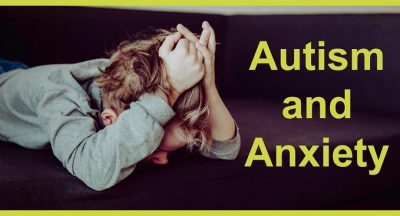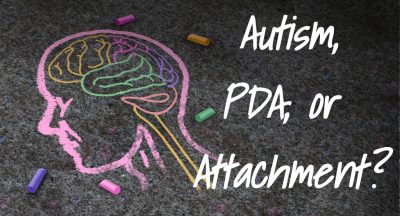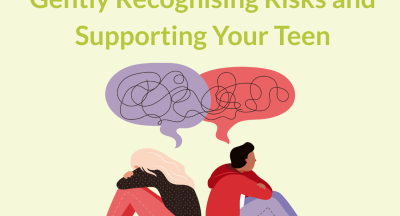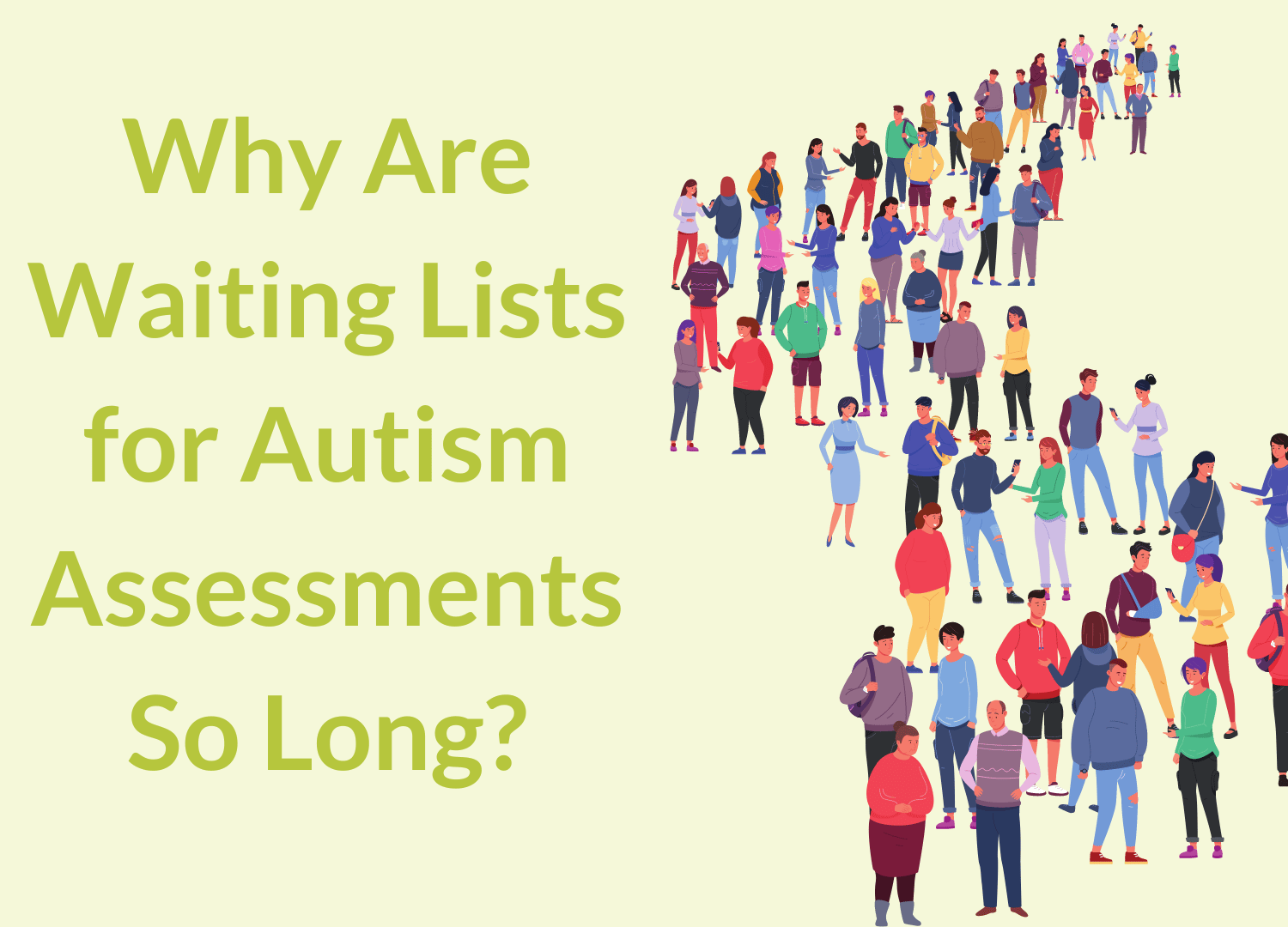
Last updated: 24th February 2025
There is increasing evidence that waiting times for Autism assessments in the UK are growing. Some areas have simply had to close their waiting lists because they have no realistic way of meeting the current need.
So, what is driving this rise in referrals? I have spent some time looking at the current evidence, and will attempt to summarise why this seems to be happening.
Back in 2012, the CDC in America released results about the number of children aged 8 who had been diagnosed with Autism as 1 in 88. This represented a 78% increase since 2004.
The most recent statistics from America suggest that as many as 1 in 36 children may be autistic. The figure in the UK is somewhat lower, but still appears to be rising.
To understand this maybe a bit of historical information might help.
The history of Autism
The DSM (the Diagnostic and Statistical Manual) is the ‘handbook’ used by clinicians to diagnose a variety of ‘disorders’.
In the first editions of the DSM (DSM I and DSM II) Autism was described as a sub-type of childhood schizophrenia which later became ‘infantile autism’.
The DSM III, which was published in 1980, referred to Childhood Autism and the DSM III-R, which was published in 1987, dropped the requirement for signs of Autism to have been present in the child before the age of 30 months.
The DSM IV, published in 1994 reclassified Autism as a ‘spectrum’ disorder.
Finally, the most recent version of the DSM, the DSM 5 (the previously used Roman numerals were replaced with digits for this version), moved from the triad of impairments to two categories – communication and social interaction, and rigid and repetitive behaviours. It also included sensory difficulties within the diagnostic criteria.
The presentation of autistic people is now accepted as diverse – that is to say, some have intellectual disability, some are highly intelligent; some live independently, some are unable to, and are in residential care. Both hyper- and hypo-sensory sensitivities are noted. Some people have friends and relationships, some do not. Some are non-verbal, some are highly articulate. Some people will have highly restricted interests, some will not. Many individuals will ‘mask’ or try and fit in with society’s expectations, and be less obviously autistic.
Over the years this has led to attempts to identify sub-types of Autism (for example Asperger’s Syndrome, PDA). However, some think that these sub-types lack actual evidence for real difference that lasts over time, others feel that ‘sub-types’ allow for different support strategies and provide people with an identity they can relate to.
The diagnosis of adults is another area of growth. Adult diagnosis is a relatively new phenomenon. That is not to say that autistic adults did not exist in the past, simply that they had no access to diagnosis. This changed in 2009 when the Autism Act was published. This gave adults the right to an assessment, and by 2019, 93% of areas had an adult diagnostic service. However, like the diagnostic pathway for children and young people, these services rapidly became overwhelmed by the demand and waiting times for adult assessment can be four to five years.
So, what has caused this rise?
There is no doubt that some of the rise in requests for Autism assessment has been driven by better awareness and understanding of Autism. Many people who receive a diagnosis today would not have received one twenty or thirty years ago. Indeed, I started my first job in autism assessments in 2001 and certainly the number of children we saw was tiny compared to today, and these children were usually identified very early as they had intellectual difficulties.
Over the years, a better understanding of genetics has developed. There is a greater awareness of different genetic disorders that can cause ‘autism-like’ features, and put simply, there is often a strong history of either diagnosed, or undiagnosed Autism in many families. Autistic parents often have autistic children.
Added to this, the pressures of growing up and simply existing in today’s world makes it more difficult for autistic people to function. There is no doubt about this. It is much harder to exist if you don’t feel you ‘fit in’ with society’s expectations. The most common age for a child to be referred is still at the transition stage from primary to secondary school. Many adults have suffered complex trauma as a result of many years of trying to fit in, so a diagnosis can often provide peace of mind and the opportunity to find a ‘tribe’ of people who understand you.
A closer look at the evidence also suggests a number of other factors which are currently being considered by research teams across the globe, these include people having children later in life, environmental pollution, and more babies surviving premature birth. None of the studies carried out to date have been conclusive, but it is felt that some of these factors, combined with changing expectations at school and in society generally, may lead to more people (children and adults) seeking a diagnosis.
So, what is likely to happen in the future?
This is a difficult question to answer. There is clearly a problem across the whole country. Many services are struggling to manage demand and there are not the resources to support everyone who needs an assessment. This was the reason for developing our free online screening services.
We are very aware that services have long waiting lists, that initiatives such as Right to Choose are patchy across the country, and even these services quickly become overwhelmed if they receive huge numbers of referrals. We are also aware that paying for a private assessment is out of reach for many people, given the current cost of living crisis. But we do hope that getting feedback from the screen might provide some validation for both children and adults.
There are no easy answers, sadly, and waiting times for assessment is likely to continue to be an issue. However, earlier access to support and understanding may help to avoid some of the issues that affect so many young people (and adults).
Important Update
PLEASE NOTE – There is absolutely no obligation on your part to book an assessment with us if you choose to use our free screening service.
Related Posts
Changing the scissors: A call for a truly neuro-inclusive world
For too long, our collective approach to supporting neurodivergent children has...
Autism, anxiety and the impact upon parents
This article is about Autism and anxiety. Research suggests that up to 85% of...
Watch this space …
In the course of my clinical work, I meet with many parents who are seeking an...
Friend or Foe? Gently Recognising Risks and Supporting Your Teen
Protect your neurodivergent teen. Learn to recognize risks like mate crime,...



